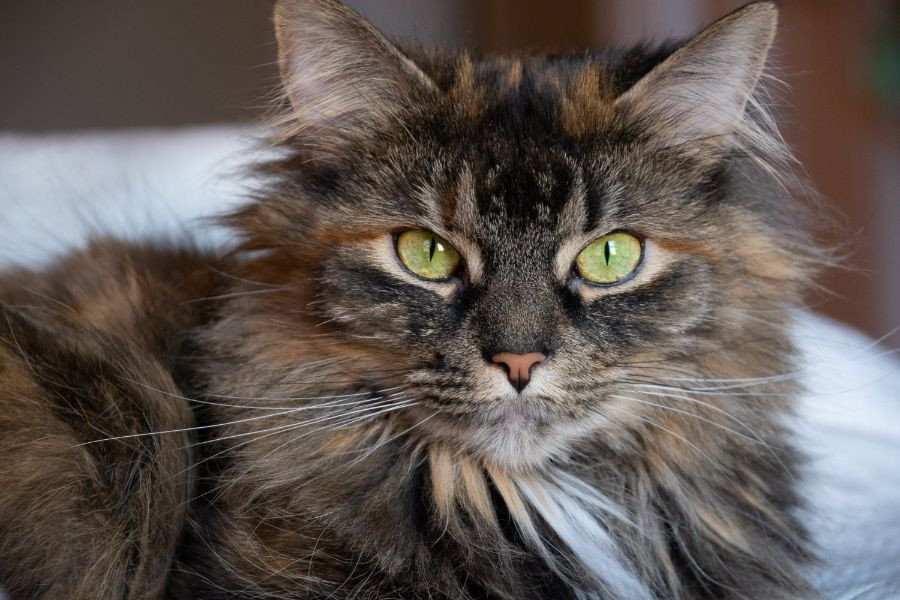 A close-up of a six-toed cat's paw, highlighting the extra toe. This type of cat is often referred to as a Hemingway cat, known for its unique paws.
A close-up of a six-toed cat's paw, highlighting the extra toe. This type of cat is often referred to as a Hemingway cat, known for its unique paws.
For literary enthusiasts and feline aficionados alike, the name “Hemingway cat” conjures images of a unique feline lineage. Ernest Hemingway’s well-documented love for cats is legendary, and a particular type of cat, distinguished by an unusual physical trait, is forever linked to his name. These special felines, more accurately known as polydactyl cats or Six-toed Cats, possess an intriguing genetic quirk. But what exactly makes a cat a “Hemingway cat,” and what’s the real story behind these captivating creatures? Let’s delve into the world of six-toed cats to uncover their origins and understand why they hold such a special place in our hearts.
What Defines a Six-Toed Cat? Exploring Polydactyly
The scientific term behind the charming anomaly of extra toes is polydactyly, derived from Greek words meaning “many digits.” This condition isn’t a breed, but rather a genetic trait. It arises from a dominant gene that, when passed down from parent to offspring, results in a cat being born with more than the usual number of toes. While typical cats have five toes on their front paws and four on their rear paws, polydactyl cats can sport up to seven toes on each paw. Interestingly, polydactyly is more commonly observed on the front paws, giving them a distinctive “mitten-like” appearance, although it can affect all four paws.
The Hemingway Cats: A Story Rooted in Key West
The connection between six-toed cats and Ernest Hemingway began in the 1930s when the author was gifted a kitten named Snow White. This wasn’t just any kitten; Snow White had six toes on her front paws, a feature that immediately set her apart. The gift came from a sea captain named Stanley Dexter, a fellow admirer of both the ocean and feline companions. Sailors historically viewed these “mitten cats” as symbols of good fortune, believing them to be exceptional mousers and therefore valuable assets on ships.
Today, Hemingway’s former residence in Key West, Florida, serves as a museum and a living testament to his love for these cats. Around 45 descendants of Snow White still roam the grounds, each carrying the polydactyl trait, perpetuating the “Hemingway cat” legacy and delighting visitors with their unique paws.
The Special Appeal of Polydactyl Cats
Beyond their distinctive toes, six-toed cats possess a unique charm that endears them to many. Their oversized paws can appear larger and more expressive, adding to their individual personalities. While the extra toes don’t inherently grant them any superpowers, the historical association with good luck and their connection to a literary icon adds a layer of mystique and fascination.
In a curious twist, the Guinness Book of World Records recognized a ginger tabby named Jake for having an astounding 28 toes – seven on each paw! This illustrates the spectrum of polydactyly and the remarkable variations within this genetic trait.
Whether your feline friend boasts extra toes or perfectly standard paws, each cat possesses its own unique magic. If you’re intrigued by six-toed cats or have any questions about feline health, don’t hesitate to reach out to your veterinarian for more information.
